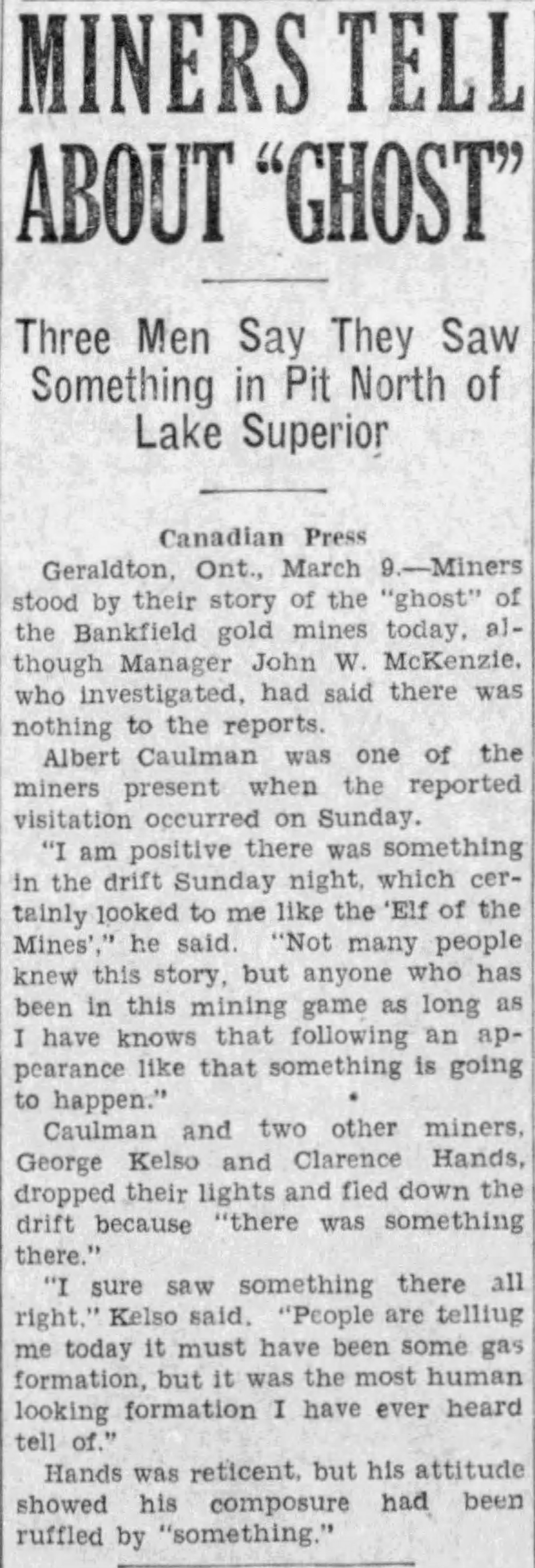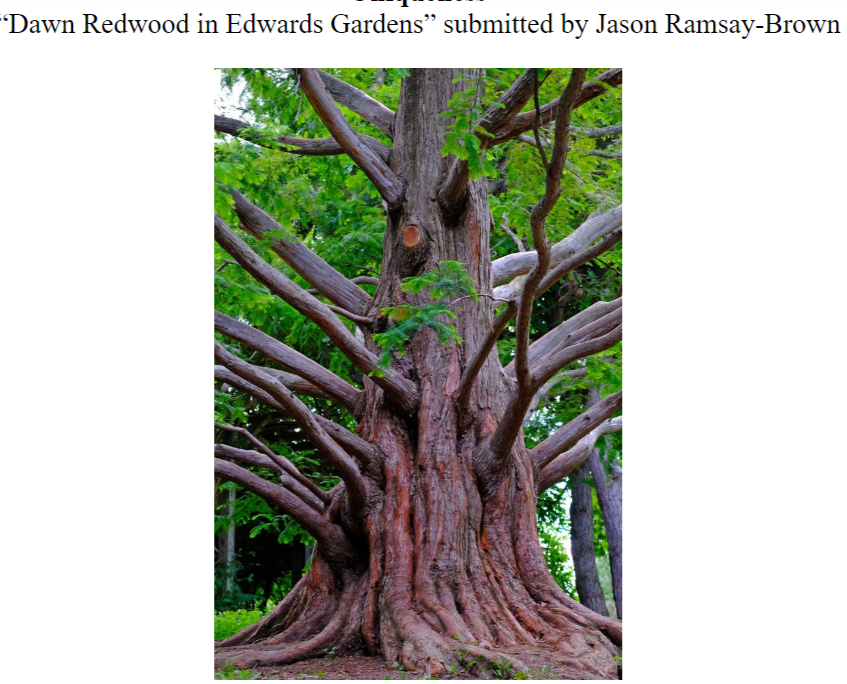What, or who, were the giants, old or prehistoric skeletons found, which are at least seven feet tall? I've heard they were redheaded or blonde and described as white/ pale skinned by the native Indians who encountered them in their history.
Could they have been Vikings, certainly we know Vikings did make it to (what is now) Newfoundland in Canada. Or, could they have been Neanderthals? They were also known to be taller than average people and have red hair. Could they have been here before the native Indians and could the people we call native Indians now have caused their extinction? People have found many of the Indian mounds to have skeletons and bones from taller than average people, giants.
Could the burial mounds have been created to dispose of remains and items after a battle with these giant people? I don't see why they would need to hide the evidence, but who knows what was going on hundreds of years ago. We can only speculate. Still, what else would they have done with bodies after a battle? Dumping dirt over them would have prevented predators and scavengers (animals) from gathering and maybe attacking the people in the area. There are good reasons for burying bodies, especially if there were several of them.
Some of the skeletons have been found to be much older than the people we think of as our ancestors, or those we call native to North America. Also, early explorers to North America have reported seeing and dealing with giants. I've read about giants from around the world but I especially would like to know about those who might have been right here in Ontario. When, and how did they get here and what happened to them? How did they live, what was their culture and technology? Are we related to them, some of us? Has anyone looked into what might be left from them in our modern DNA? They have researched this for Neanderthals, has anyone found DNA for giants to research this? Or, would it be the same DNA as the Neanderthals. It would be nice to know they were here, maybe survived as ancestors for people still around.
I think there is too much interesting evidence to call this a myth. But, there are so many great theories about who these giants may have been.
Research and evidence about giants has been hampered by religion and science. Proof of giants messes with accepted theories about evolution, either side for or against the theory. But, maybe they are just a missing link, or a part of history we haven't found enough proof to validate them enough to give them acceptance and further research. One problem are the Indian mounds themselves, they are not allowed to be excavated any longer.
But, what I wanted to know - Do we have evidence of giants found here in Ontario?
A few years ago an article appeared in the Toronto Telegraph stating that in the township of Cayuga in the Grand River, on the farm of Daniel Fredenburg, five or six feet below the surface, were found two hundred skeletons nearly perfect, nine foot tall in a string of beads around the neck of each, stone pipes in the jaws of several of them, and many stone axes and skinners scattered around in the dirt. The skeletons were gigantic, some of them measuring nine feet, and few of them less than seven.
Some of the thigh bones were six inches longer that any now known. The farm had been cultivated a century and was originally covered with a growth of pine. There was evidence from the crushed bones that a battled had been fought and these were some of the slain… Were these the remains of Indians or some other race? Who filled this ghastly pit?
“On Wednesday last, Rev. Nathaniel Wardell, Messers. Orin Wardell (of Toronto), and Daniel Fredenburg, were digging on the farm of the latter gentleman, which is on the banks of the Grand River, in the township of Cayuga.
When they got to five or six feet below the surface, a strange sight met them. Piled in layers, one upon top of the other, some two hundred skeletons of human beings nearly perfect — around the neck of each one being a string of beads.
“There were also deposited in this pit a number of axes and skimmers made of stone. In the jaws of several of the skeletons were large stone pipes — one of which Mr. O. Wardell took with him to Toronto a day or two after this Golgotha was unearthed.”
These skeletons are those of men of gigantic stature, some of them measuring nine feet, very few of them being less than seven feet.
Some of the thigh bones were found to be at least a foot longer than those at present known, and one of the skulls being examined completely covered the head of an ordinary person.
These skeletons are supposed to belong to those of a race of people anterior to the Indians.
“Some three years ago, the bones of a mastodon were found embedded in the earth about six miles from this spot. The pit and its ghastly occupants are now open to the view of any who may wish to make a visit there.
“Later: Dunnville, August 22,
“There is not the slightest doubt that the remains of a lost city are on this farm. At various times within the past years, the remains of mud houses with their chimneys had been found: and there are dozens of pits of a similar kind to that just unearthed, though much smaller, in the place which has been discovered before, though the fact has not been made public hitherto.
The remains of a blacksmith’s shop, containing two tons of charcoal and various implements, were turned up a few months ago.
“The farm, which consists of 150 acres, has been cultivated for nearly a century, and was covered with a thick growth of pine, so that it must have been ages ago since the remains were deposited there.
The skulls of the skeletons are of an enormous size and all manner of shapes, about half as large again as are now to be seen.
The teeth in most of them are still in almost perfect state of preservation, though they soon fall out when exposed to the air.
“It is supposed that there is gold or silver in large quantities to be found in the premises, as mineral rods have invariably, when tested, pointed to a certain spot and a few yards from where the last batch of skeletons was found directly under the apple tree.
Some large shells, supposed to have been used for holding water, which were also found in the pit, were almost petrified. There is no doubt that were a scheme of exploration carried on thoroughly the result would be highly interesting.
A good deal of excitement exists in the neighborhood, and many visitors call at the farm daily.
“The skulls and bones of the giants are fast disappearing, being taken away by curiosity hunters. It is the intention of Mr. Fredinburg to cover the pit up very soon. The pit is ghastly in the extreme.
The farm is skirted on the north by the Grand River. The pit is close to the banks, but marks are there to show where the gold or silver treasure is supposed to be under.
From the appearance of the skulls, it would seem that their possessors died a violent death, as many of them were broken and dented.
“The axes are shaped like tomahawks, small, but keen, instruments. The beads are all of stone and of all sizes and shapes. The pipes are not unlike in shape the cutty pipe, and several of them are engraved with dogs’ heads. They have not lost their virtue for smoking.
Some people profess to believe that the locality of Fredinburg farm was formally an Indian burial place, but the enormous stature of the skeletons and the fact that pine trees of centuries growth covered the spot goes far to disprove this idea.
Source - ”Ancient American Volume 6, Issue 41, p. 9. Researched and submitted by Benoit Crevier. Originally published in The Daily Telegraph (Toronto, Ontario), Wednesday, August 23, 1871, page 1.
Source - Greater Ancestors World Museum - 200 seven to nine foot tall Skeletons Cayuga Canada
I found this right away when I looked for giant skeletons in Ontario. Then the search drifted into Halloween costumes, etc. So I will see if I can find more and post about it later.

 This is called a dawn redwood tree. In 2015, it was voted as the most unique tree in the
This is called a dawn redwood tree. In 2015, it was voted as the most unique tree in the